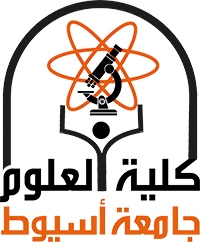Hydrogen gas has been considered as an alternative energy source. We enhanced the photocatalytic water splitting of titanium oxide (TiO2) by employing copper-based nanoparticles as cocatalysts. Copper trimesate (CuTM) metal–organic frameworks (MOFs) served as a precursor for synthesizing copper-based nanomaterials through carbonization in air and an inert argon gas environment. A mixed-valence materials were synthesized, including metallic copper (Cu0) and copper oxides, i.e., CuO or Cu2O. The photocatalysts CuTM/TiO2, CuTM_Ar/TiO2, and CuTM_Air/TiO2 exhibited initial and cumulative hydrogen generation rates (HGRs) of 22.8 mmol·g−1·h−1 and 107.9 mmol·g−1·h−1; 25.5 and 120.7 mmol·g−1·h−1; and 13.8 and 72.1 mmol·g−1·h−1, respectively. All cocatalysts enhance TiO2 photocatalysis. Carbonized CuTM in an argon atmosphere enhanced HGR values significantly compared to CuTM and air-carbonized CuTM. The heterojunction established between the synthesized cocatalysts and the photocatalyst TiO2 is the primary factor contributing to the enhanced photocatalytic activity of the composite relative to its unmodified photocatalyst. The mechanism of improvement was discussed based on data derived from various analytical techniques, including diffuse reflectance spectroscopy (DRS) and photoelectrochemical measurements, such as cyclic voltammetry (CV), chronoamperometry (CA), linear sweep voltammetry (LSV), and electrochemical impedance spectroscopy (EIS).
Research Abstract
Research Date
Research Member
Research Publisher
Elsevier
Research Rank
Q1
Research Vol
514
Research Website
https://www.sciencedirect.com/science/article/abs/pii/S1385894725041774
Research Year
2025
Research Pages
163343

